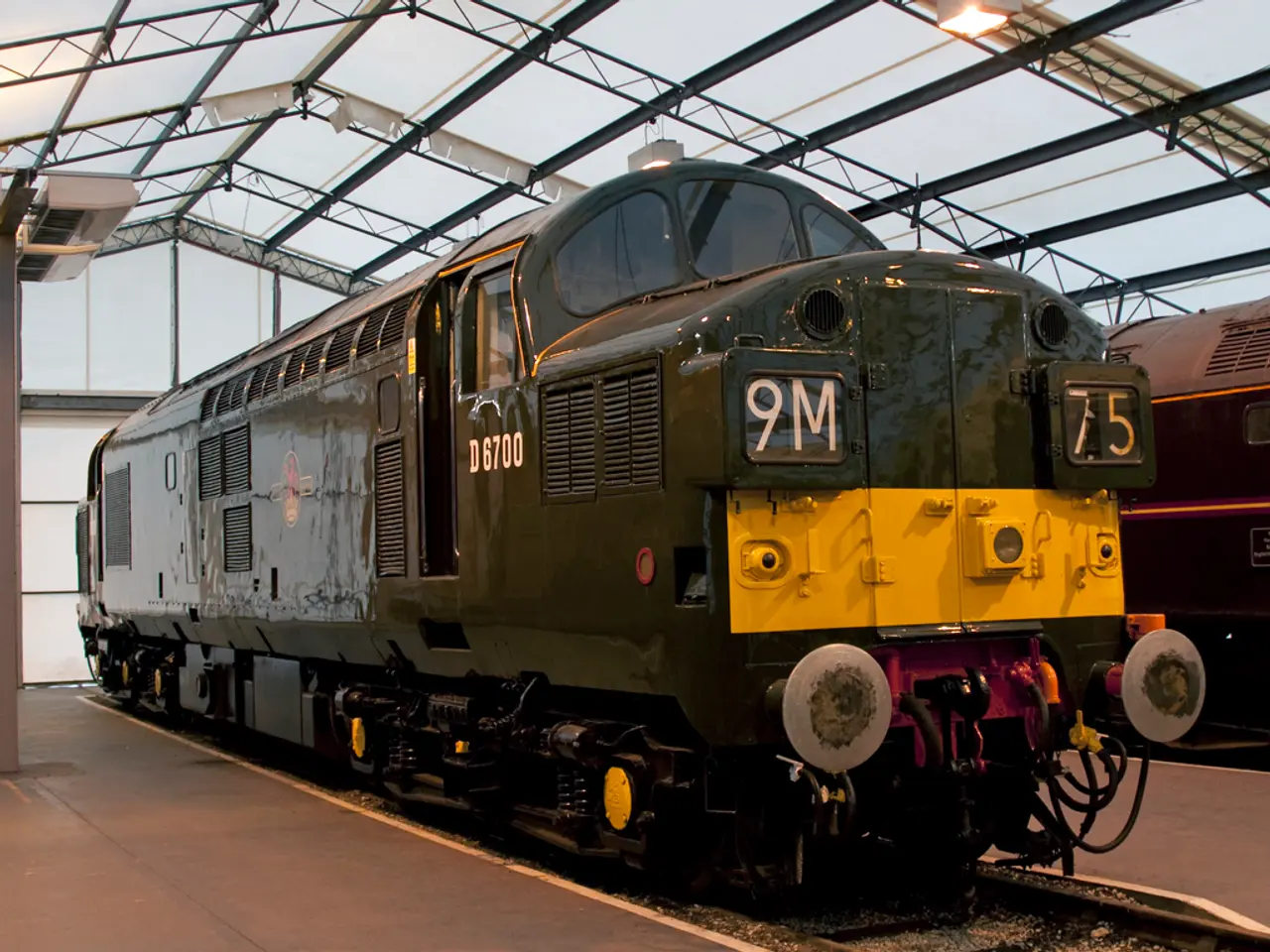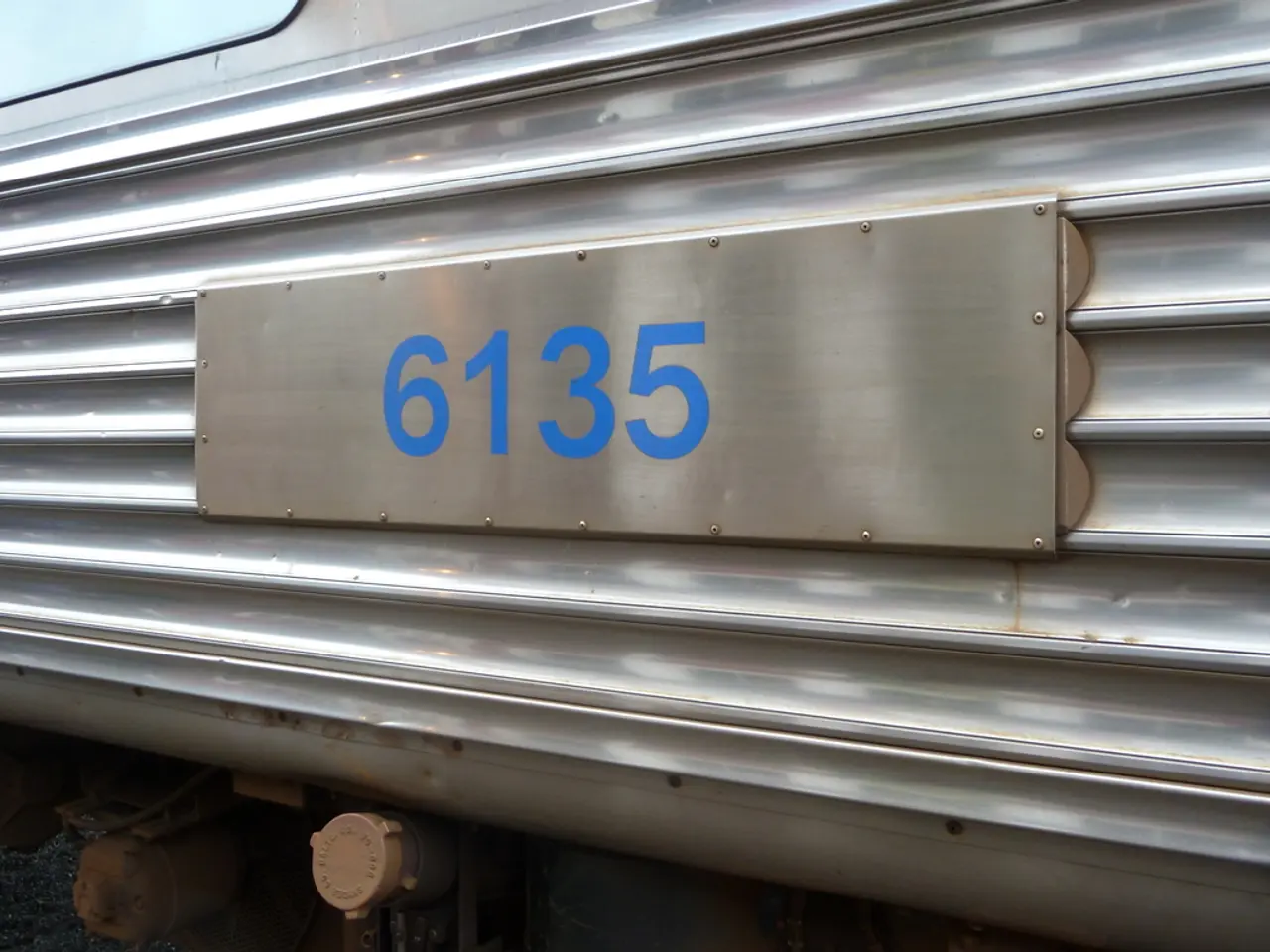Royal Change: King Charles Abolishes Long-standing Tradition, Marking First Shift in 156 Years within the Monarchy
After over a century and a half of service, the Royal Train will be decommissioned by 2027, as part of a broader cost-cutting and modernization effort initiated by King Charles III in 2025. The train will remain in operation until early 2027, when its current maintenance contract expires.
First commissioned by Queen Victoria in 1869, the Royal Train has been a cherished symbol of British national life, offering a dedicated and private mode of transport for the Royal Family. Comprising nine carriages, the train has been maintained with considerable care and affection over the generations.
The decision to retire the train was driven largely by financial prudence. A recent journey covering Gloucestershire, Staffordshire, and London cost more than £44,000. In contrast, 141 helicopter trips taken by the Royal Household in the preceding year totalled £475,000. The cost to upgrade the train to meet modern railway standards was considered too high, prompting the Royal Household to seek more cost-effective alternatives.
James Chalmers, Keeper of the Privy Purse, emphasised the importance of applying "fiscal discipline" and delivering "value for money" while maintaining royal engagements. The Royal Household aims to modernize and adapt its operations to reflect contemporary needs, and the decommissioning of the Royal Train is a significant part of this.
Before retirement, the train is expected to make further visits to various parts of the UK. There are also discussions about placing some historic elements of the train on public display, ensuring the legacy of this iconic royal service is preserved for future generations.
The move away from the Royal Train reflects King Charles's broader desire to reduce pomp and make the monarchy appear more modern and closer to the people, symbolizing a shift towards a simpler, more fiscally responsible institution.
The Royal Train has been used only a tiny handful of times since the late Queen's passing. Notably, Meghan Markle joined Queen Elizabeth II on the train in 2018, and Prince William last traveled on it in 2021. The train was being repainted with King Charles's cypher, but its future was uncertain due to its high cost.
King Charles used the royal train twice in 2023, with costs totalling £83,584. The current operational royal train was built in 1977 and updated in the 1980s. The decision to retire the royal train was made public in the Royal Household's Sovereign Grant Report, released on 30th June.
The retirement of the Royal Train marks a significant step in King Charles's long-term strategy to modernise and streamline the monarchy, ensuring it remains relevant and financially sustainable for future generations.
- As King Charles III pursues his strategy to modernize the monarchy, he is looking for cost-effective alternatives in fashion, style, and travel, with the decommissioning of the Royal Train being a significant part of this plan.
- The Royal Family, known for their beauty and elegance, will have to find new ways to boost their image and maintain their celebrity status, following the retirement of the Royal Train, a cherished symbol of their history and elegance.
- With the high cost of maintaining the Royal Train becoming unmanageable, the Royal Household will have to channel its money and finance resources into more innovative solutions for transportation and hospitality, while still maintaining the dignity and prestige of the Royal Family.




